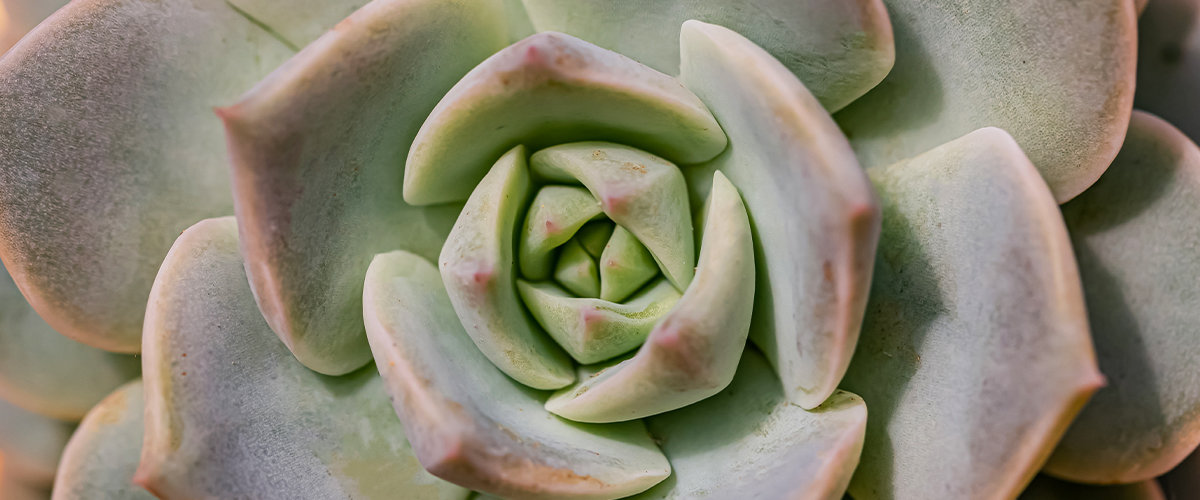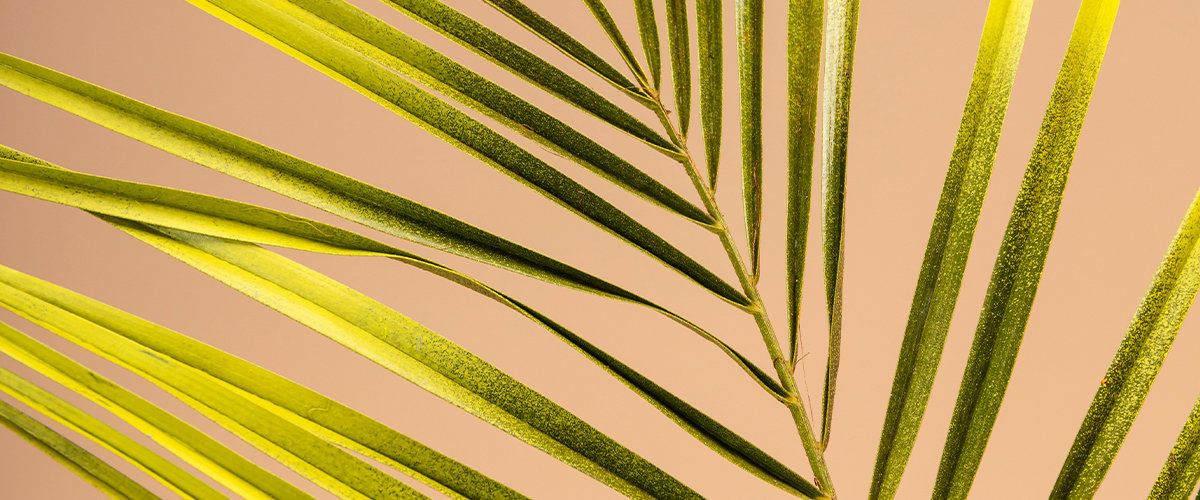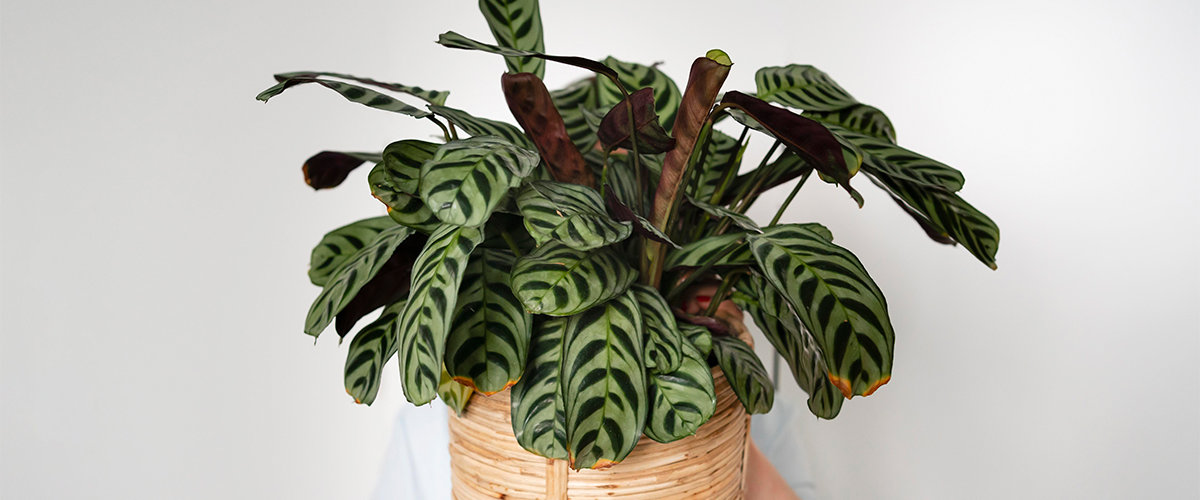
We collect basic website visitor information on this website and store it in cookies. We also utilize Google Analytics to track page view information to assist us in improving our website.
Spring Season starting to book up. Promotions Available for Winter.

Dogs and cats have the tendency to get into plants, without considering the consequences. Just like we need to keep medicine out of reach of children, those with fur babies may need to keep their flora out of reach of pets.
If you are a plant enthusiast but keep wondering how to ensure your four-legged friends’ safety, consider the options below.
First thing first: do a toxic cleanse.
Of all plant varieties, whether indoors or outdoors, some are toxic to pets.
Below are a few that can be harmful to four-legged creatures, sometimes even if ingested in small quantities and with minimal exposure.
1. Aloe Vera — This hard-to-kill plant is good for humans as it works wonders for the skin and burns, but not so much for dogs and cats. If ingested, symptoms include vomiting, diarrhea, and tremors.
2. Corn Plant — Here’s another popular, easy-to-maintain indoor plant that can be harmful to both dogs and cats. Ingestion can lead to vomiting and appetite loss for both canines and felines. In cats particularly, it can further cause difficulty in breathing and an increased heart rate.
3. Sago Palm — Every part of this exotic plant can pose a threat to your pawed friends. Ingestion can cause vomiting, diarrhea, and in some cases, even liver failure and death.
4. Caladium — This beautiful, boldly coloured plant can add a zing to any houseplant collection. But if your dog munches its brilliantly coloured leaves, watch for these signs: swelling and burning of the tongue and mouth, excessive drooling, and vomiting.
5. Dumb Cane — This relatively low-maintenance plant can survive in any level of light. But if ingested, the leaves can cause house animals severe swelling of the mouth and tongue, leading to difficulty breathing and swallowing.
6. Pothos — Here’s another hardy tropical plant that will easily grow and thrive in most conditions but will be harmful to pets. Symptoms of ingestion include oral irritation, burning of the mouth, tongue, and lips, excessive drooling, vomiting, and difficulty breathing.
7. Asparagus Fern — This fast-growing and low-care houseplant can cause skin irritation to cats and dogs. On maturing, the plant flowers during summer, after which it develops pea-size green berries. Ingesting these berries can cause your cat or dog to vomit and have diarrhea.
8. Ivy — This tough vine grows heavily and well, even in indoor conditions. It looks beautiful as it overgrows pots, climbs walls, and then cascades down the other side. But it won’t be pretty if your dog eats its leaves. Several varieties of ivy contain toxins that can cause excessive drooling, vomiting, diarrhea, and abdominal pain in canines.
Now that you’ve removed these dangerous plant varieties from your house, you can focus on making it green and safe for your fur babies.
There are many plants that can grow well indoors without harming your four-legged friends. Below we share a bunch of choices you can pick from.
Remember, the leaves and flowers of the plants we’re recommending may be non-toxic for your pets, but the fertilizer you feed the plants could still pose a threat to their health.
These flowering, pet-safe houseplants are in demand because they thrive and even bloom in low light. They’re happy with moderate temperatures and average humidity: conditions people like, too.
The mat-like spread of the tiny green leaves of these plants tends to cover the soil it’s potted in.
That discourages pets from digging in the pots, even if the plant’s foliage is safe for them.
This no-fuss plant is part of the nettle family and is a safe choice for homes with cats or dogs.
Its round, fleshy, and vibrant leaves usually like bright indirect light but can survive equally well in moderate-to-low light conditions, too.
This non-toxic succulent is a safe choice to replace that aloe vera if you have dogs or cats.

This plant grows plump coloured rosettes, ranging from greenish-silver to blue-green or even ones with a lilac hue. Do not confuse the echeveria with houseleeks, a similar-looking plant that is safe for pets but should be grown outdoors.
Add this dog- and cat-safe blooming houseplant to your collection if you’re looking for some colour indoors.
The thick, ruffled leaves and single or double blooms (in white, red, pink, lavender, purple, or blue) are non-toxic to dogs and cats.
This adaptable and hardy houseplant can tolerate a wide range of light, moisture, and soil conditions.
Its name comes from the small plantlets that come out the ends of shoots and create the thick foliage appearance. The grass-like leaves can be appealing to pets that like to chew them — fortunately, all parts of the plant are safe.
Yes, it’s a carnivorous plant, but your pets are not its food of choice.
The fluid inside the fly trap is non-toxic even if your cat or dog decides to nip at it. These plants can be a fun and funky addition to your houseplant collection.
Also known as the butterfly palm, this plant will take over your indoor space, but it won’t hurt your furry friends. And cats can paw at the non-toxic palm fronds all they want.

But the plant is sensitive to fluoride so don’t hydrate it with tap water, instead use distilled water or collected rainwater.
Some ferns are toxic for pets, but the Boston fern is perfectly safe for your four-legged housemates.
This is another plant whose fronds your cats or dogs will be tempted to paw or bite. But the foliage, which overflows the pot and creates a cascading effect with its shoots, is non-toxic to cats and dogs.
The low-light-loving plant with leaves splashed with green, pink, red, and white dots is great as an ornamental addition to your indoor plant collection.
And it’s non-toxic to dogs and cats.
When we think of plants — indoor or outdoor — we don’t usually think of plants that grow without soil.
Air plants break those stereotypes and present a good option for houseplants that will grow — literally — in the air. Since they’re typically mounted on a wall or can be placed in a glass bowl suspended in air, the only thing you would have to worry about is keeping it out of your cat’s pounce path.
The vivid pattern on this plant’s leaves can attract pets. But the foliage is non-toxic, so cats and dogs can interact all they want with it.

It’s a great choice for apartments or rooms with low light, but it does love its water. Water it as soon as the top of the soil feels dry to the touch. Letting the pot dry out completely will mean trouble for the plant.
The plant's leaves fold each evening, giving the impression of praying hands. Hence, the name: prayer plant.
The plant is sometimes used as a popular houseplant gift among friends because it’s easy to propagate.
Just as it’s friendly to humans, it’s also friendly to animals, so you can feel free to safely spread the love among friends and pets alike.
The peperomia, also known as the radiator plant, has leaves that vary in colour and texture.
They’re all non-toxic to cats and dogs and look great in hanging baskets. This plant also doesn’t mind if you forget to water it — occasionally.
This rainforest native plant whose leaves have lovely white or pink veins is non-toxic to cats and dogs.
The unassuming houseplant can survive in low light and with moderate watering. However, it requires a very humid environment, so maybe make it part of your bathroom decoration.
As the name suggests, this plant is virtually indestructible and is safe for your pets to be left alone with.

The glossy leaves that grow upright make it the perfect choice as a hallway or living room floor plant.
A popular holiday gift, this cactus grows brightly colored blooms typically around Thanksgiving and Christmas. As a hardy decorative plant, this type of cactus does well with bright, indirect light and regular watering.
The leaves are fibrous and could be inviting for pets to bite and chew. If ingested, they can cause mild stomach irritation, but the effects are temporary. The plant does not contain toxic properties that would present long-term harm to your pets.
This plant creates a unique appeal with its horizontally striped foliage. It’s a small succulent that is slowly growing and delights in bright light.
It’s the perfect addition for adorning a windowsill, which may also be a perch for your cat or dog. But not to worry, this distinct-looking plant is safe for pets.
Greens that please all!
Take your pick from the options above to create a diverse indoor plant collection that’s healthy for you and your pets.

